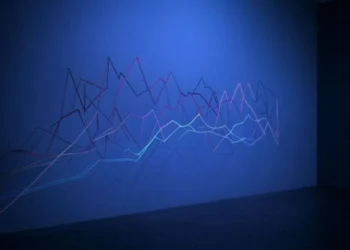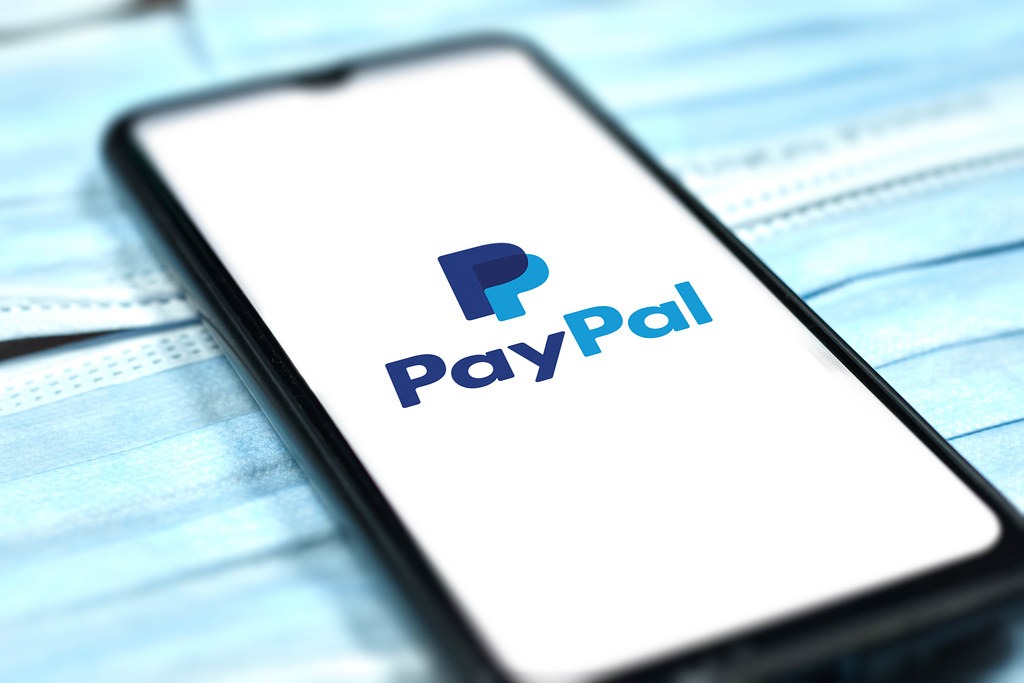Table of Contents
Even with small capital, a large position can be opened with leverage. Your position can be up to 20 times bigger!
In this article we will talk about how to work with Binance Futures (Bitcoin futures) long / short leverage (derivatives). This Binance Futures guide will focus on everything you need to know before trading. We will focus on how futures work, what are the risks of long, short with leverage and how to make an account available where you can draw these benefits.
For the purposes of the instructions, we will divide the article into several points:
- What is Binance Futures?
- The difference between Spot Price and Futures
- How do long, short and leverage work?
- Risks and benefits
- Binance Futures Guide
What is Binance Futures?
Futures are contracts that essentially act as speculation and a bet on how an asset (in our case, a cryptocurrency) will behave in the future. Since this is not a purchase but a contract, each futures incentive is the time it takes for the contract to cancel and be found successful for one side. So you always deal it with someone. Before the agreement, you first determine the time and price when you are forced to buy or sell your cryptocurrencies. It is actually a fixation of the price that someone can accede to and enter into an agreement with you. In the case of Binance Futures, you only determine the price.
Example:
I’ll say I’m selling BTC for $ 10,000 in a year. For a year, it won’t matter if the price is $ 15,000 or $ 3,000. I will receive a fixed agreed sale price of 10,000, which I must accept.
What is the difference between Spot Price and Futures?
As some of you may have noticed, Binance is now profiled as Spot Market. So what is Spot Market, Spot Price and what is the difference between Spot Trading and Futures Trading?
Spot Market
The simplest will probably be to give an example. Imagine that you agree with a friend that he will buy you a beer next Friday, because you bought it for him last Friday for 2 dollars. But next week we go to another company and it is not yet known what the price is. Maybe it will be a luxury restaurant and the price of the beer which he owe you will be 5 dollars. Or a village pub, where you can have a beer for 1,5 dollars. So if you go to a better company, you will earn on a “contract”. If you get worse, you will lose out on the contract.
And that’s exactly how Spot Market works. You commit to buy or sell an asset, in our case a cryptocurrency, at some point in time. You undertake a price and a date that is binding in the future.
Spot Price
Spot Price is the price you set. You can buy BTC for lower price in a week than you would buy now. BTC will grow and you are in green, because your price is set low and the contract must be filled.
Or you set up to sell BTC at a higher price per week. BTC will fail, and you are in the green again, because the other side must buy cryptocurrency from you at your higher price. But this is only a model example.
What is the difference between Futures and Spot Market?
Binance futures work so that you don’t have a fixed date. You just buy and wait to see what happens to your position. You can close it at any time or lose all funds by liquidation. On the contrary, the Spot is fixed and you check all the attributes at the beginning, but then you do not have much power over the contract.
Open your Futures market and use the discount code for futures fees, get 10% in USDT. Code: Cryptheory10
How do long, short positions Bitcoin futures work with leverage?
Leverage
Leverage is a form of credit transaction where you borrow funds from other users of the exchange to complete the transaction. If you would like to look for “leverage” and other information, this tool is known as “leverage”. You can trade your funds on Binance Futures in a ratio from 1:20 to 1: 125. So if you invest $ 100 and choose leverage 20, you will have $ 2,000 at your disposal. You can find more detailed instructions here, I will address the risks in the third point of this guide.
Long positions and short positions
Long and short positions are a tool that is used in futures trading. It’s nothing complicated. Long instead of length means that you bet that the price will go up. Short, on the other hand, means that you think the price will go down.
Here I also explain the factors to watch out for. Black is the price. Green is a stop-loss that we will talk about later. Red is liquidation, which I will also explain, and I need to be very careful.
![Binance Futures Guide [current_date format=Y] - Long, Short with up to 20x levearge! Bonus for Cryptheory readers! 1 Binance Futures návod - long, short s leverage](https://cryptosvet.cz/wp-content/uploads/2019/10/Futures.png)
Risks and benefits
Benefits
The benefits are obvious. If you trade on credit, you have more capital at your disposal and you can have up to 125 times more earnings. In addition, the fee at Binance is not high at all.
Disadvantages
Unfortunately, if the price drops (and it doesn’t have to be too much), you get a so-called Margin Call. This means that you are about to liquidate and have to increase the capital in the account to pay the loans. If the price falls or rises so that you can barely repay the loan, it will be liquidated. Binance will take all your funds and give them to those who have lent you.
Cross Margin: If you use the function, your position will use and draw a margin from your total account balance.
Isolated Margin: The amount is limited and you choose it by yourself. If margins are at or below the liquidation margin, your position will be liquidated.
Binance Futures currently offers the following cryptocurrencies:
- Bitcoin futures up to 20x
- Bitcoin Cash
- Ethereum
- Ripple
- EOS
- Litecoin
- Tron
- Link
- Cardano
- Tezos
- and many other
The maximum leverage for altcoins is currently up to 75x. In our opinion, it will definitely increase in the future.
You can also try the Binance option
Binance Futures tutorial
We will divide this section into individual steps.
Step 1
You will register here. The procedure is the same as for a normal account.
Step 2
After registration and login go here.
Then click on Futures wallets and enter the code to get the discount: Cryptheory10
You will see this box at the bottom right. It has a yellow inscription “Transfer“. Click on it and transfer to the given account an USDT. This is a big difference compared to other exchange where BTC is used. Here is the main currency USDT, so send the USDT there, for example, from your primary account at a traditional exchange.
![Binance Futures Guide [current_date format=Y] - Long, Short with up to 20x levearge! Bonus for Cryptheory readers! 2 Binance Futures návod - long, short s leverage](https://pbs.twimg.com/media/EFeRJsEUcAE0dvo.png)
Step 3
You can also place your first order in the same place.
![Binance Futures Guide [current_date format=Y] - Long, Short with up to 20x levearge! Bonus for Cryptheory readers! 3 Binance Futures návod - long, short s leverage, bitcoin futures](https://pbs.twimg.com/media/EFeRJsEUcAE0dvo.png)
I am only repeating that Stop-Limit will stop you in loss and Take-Profit-Limit will stop you in profit. When using the leveraged symbolized by the beads that appear after entering the price, always use a suitable stop-loss.
Enter the price you are estimating and, if necessary, enter your stop-loss. Be careful if you enter a higher or lower price. The button you fill in is also oriented accordingly. So, for example, if I fill SHORT at $ 9,100 and the limit (the price where asset is actually sold when it touches the stop-loss condition) is 9090, then as soon as the price drops from 9,300 to 9,100, BTC will sell to me for 9090 and I’ll pick it up money of those who bet against me.
Binance puts you on a list of long or short positions and you just wait for what happens. If you have a short and the price drops, you get the money of those who have a long one. And the same in the opposite.
First, try the whole process on a ridiculous amount to understand the system. Sometimes it’s hard to guess exactly what’s going to happen, so try a few really small contracts first.
Open your Futures market and use the discount code for futures fees, get 10% in USDT. Code: Cryptheory10
- What is Ethereum Virtual Machine (EVM): Heart of Ethereum - April 15, 2025
- Dogecoin Rolls Out Major Upgrade — Is the Meme Coin Growing Up? - April 14, 2025
- New Battle Over NFT Regulation: OpenSea Urges SEC to Step Back - April 11, 2025

























